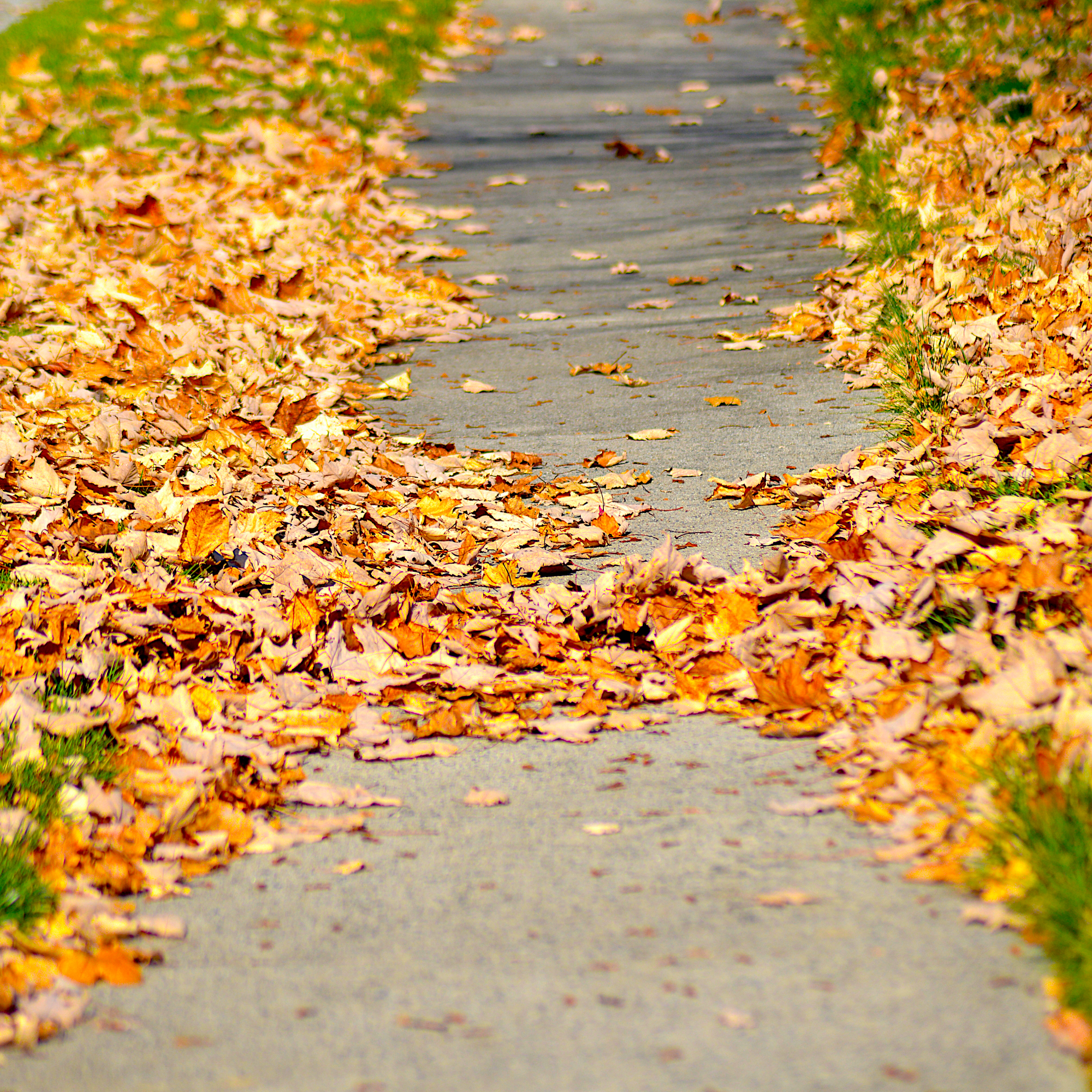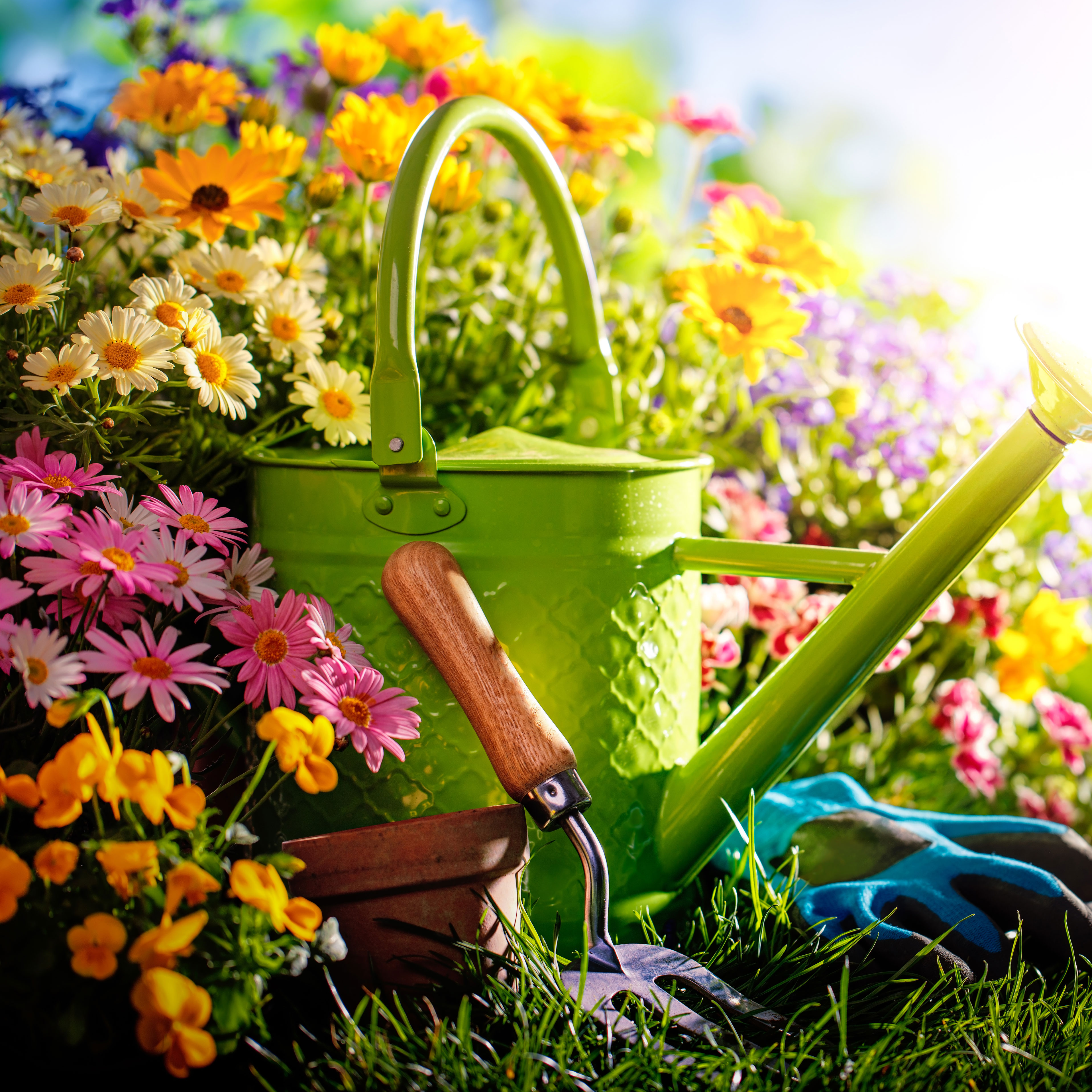Gardening Tips & Information
There are many types of gardens, vast numbers of plants, and an unrelenting list of gardening terms that may be unfamiliar to the average person. With so much garden design info out there, how on earth does one begin to weed it all out? Well, for starters you can begin your search here. We provide gardening tips and information that is easy to understand. From various types of gardens to explanations about gardening terms and how tos, you are certain to find what you’re looking for. If not, let us know and we’ll be happy to add it.
-
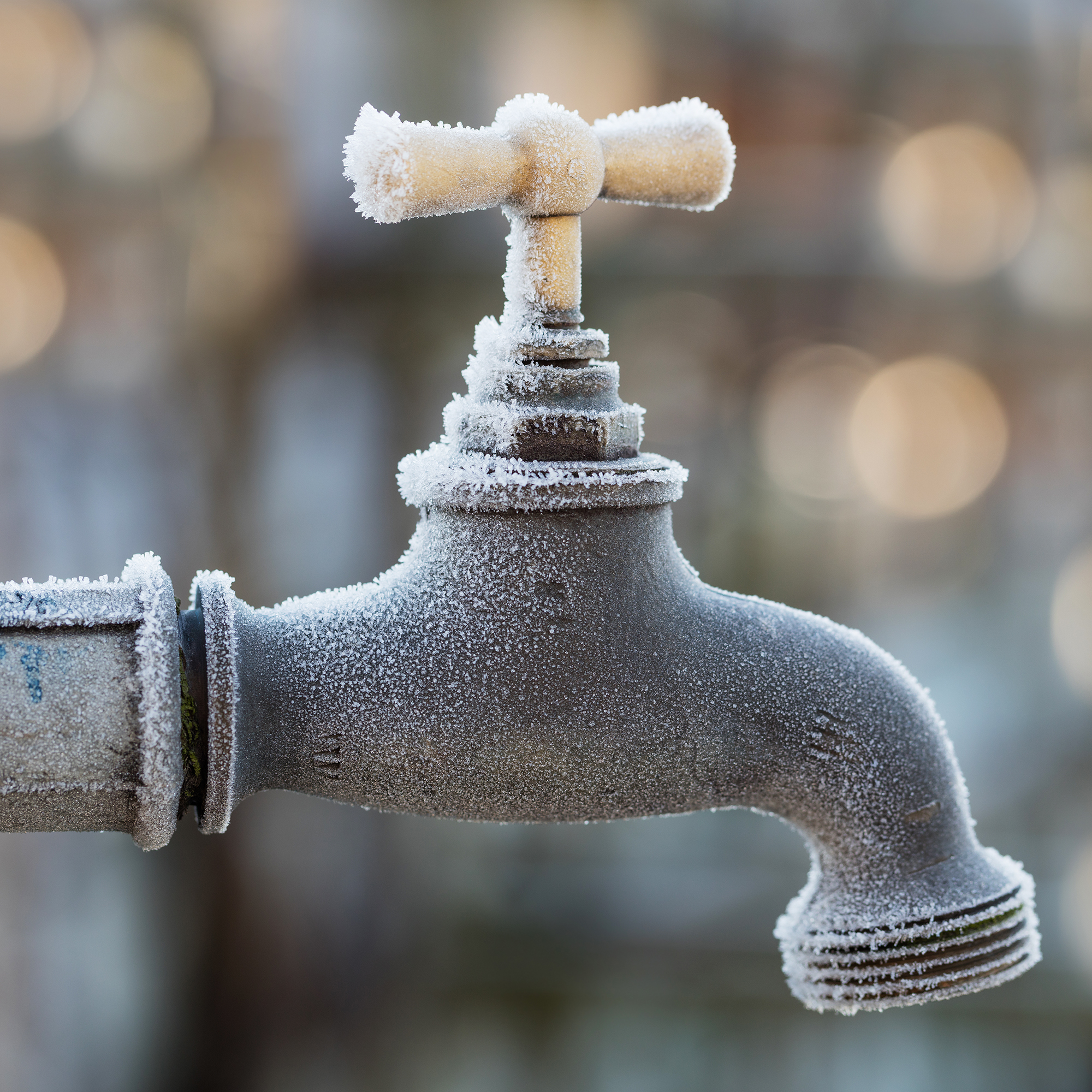
I Never Let My Spigot Go Into Winter Without This $8 Sock – It Takes 1 Minute to Fit and Prevents a $500 Disaster
Avoid a burst pipe or broken spigot this winter with this simple solution that takes one minute to install and gives you total peace of mind for less than $10.
By Melanie Griffiths
-
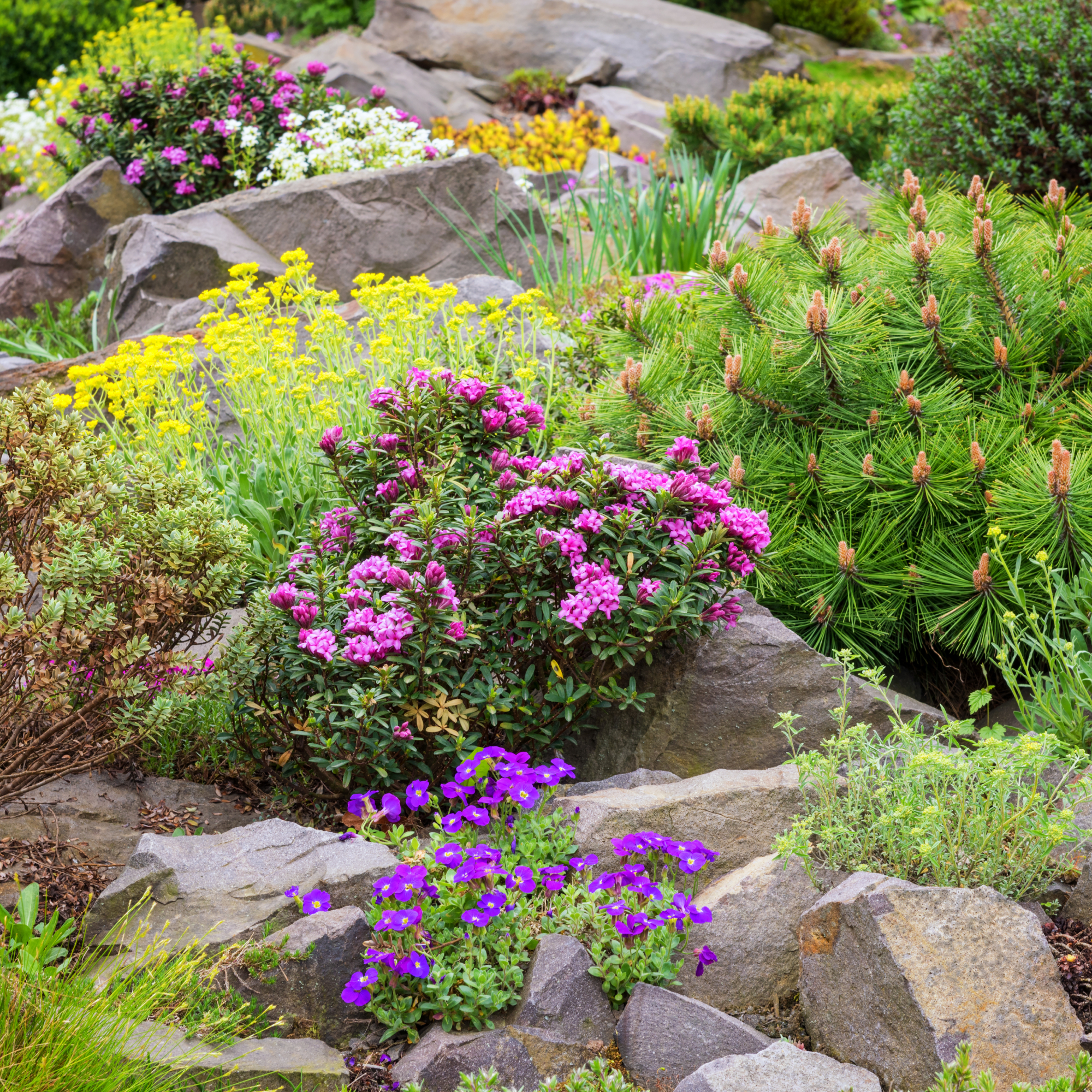
Soil Not Deep Enough? These Shallow-Rooted Plants Can Thrive With Barely Any Dirt
Think you can't grow a garden because you barely have any soil? Think again! These shallow-rooted plants are perfect for landscapes that lack soil depth.
By Teo Spengler
-
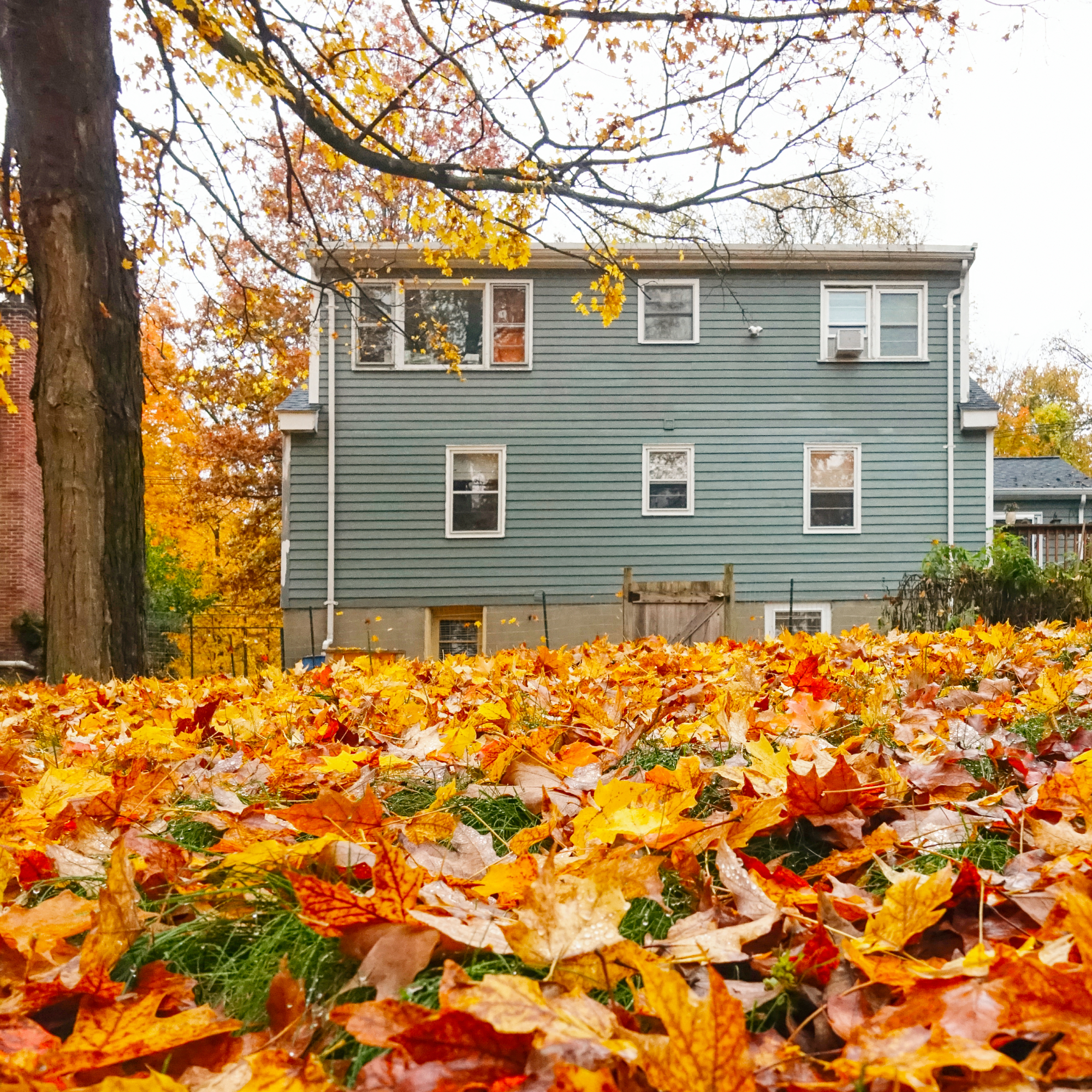
Neighbor’s Tree Making a Mess in Your Yard? Here’s What You Can (and Can’t) Do About Fallen Leaves
Is your neighbor's tree is dumping leaves on your yard and making your fall cleanup unmanageable? Here's how to get rid of leaves and preserve good relations.
By Mary Ellen Ellis
-
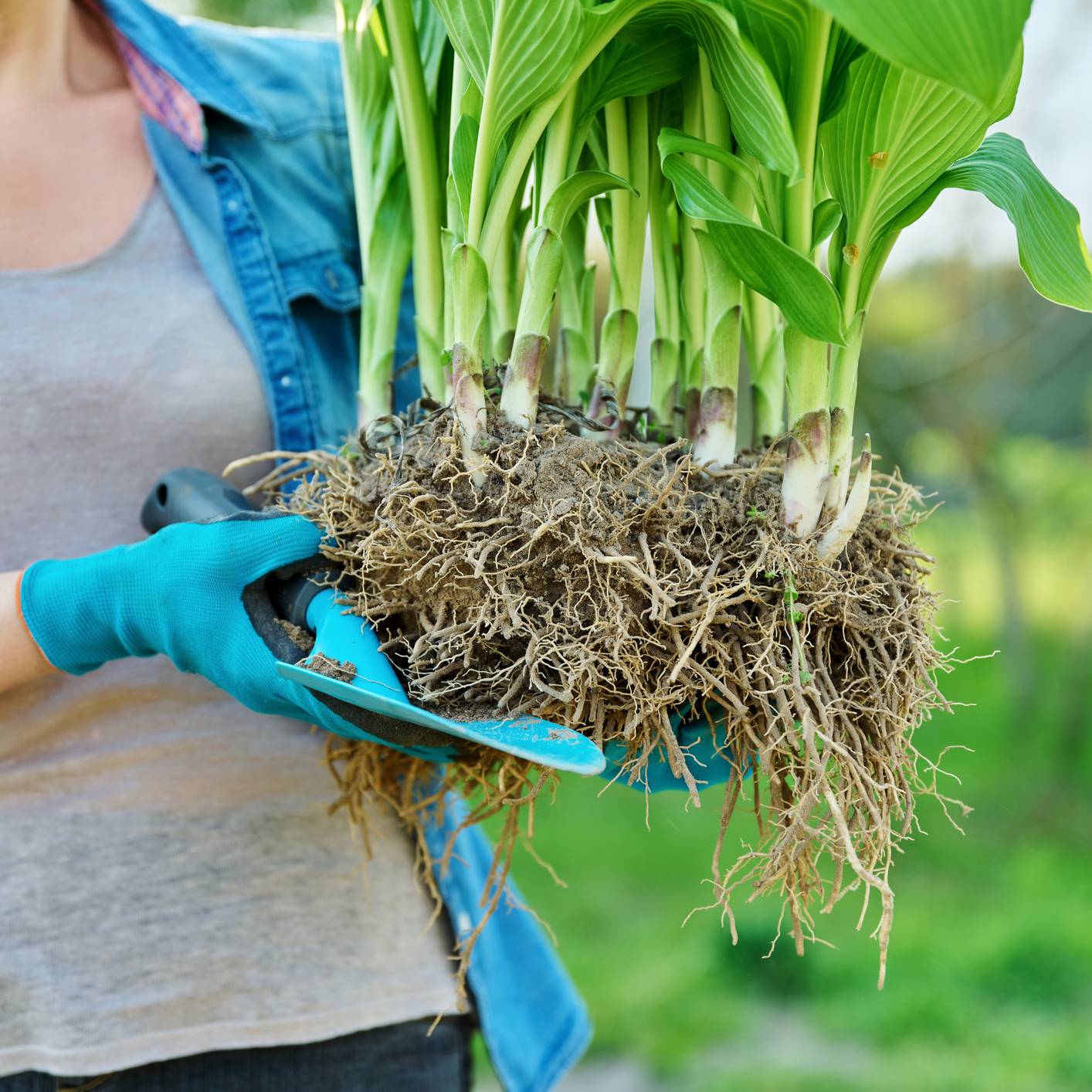
Last Call for More Plants: Divide and Move These 11 Perennials in Fall Before It Gets Too Cold
Fall is the perfect time to divide and transplant most perennials. Don't let it pass you by.
By Mary Ellen Ellis
-
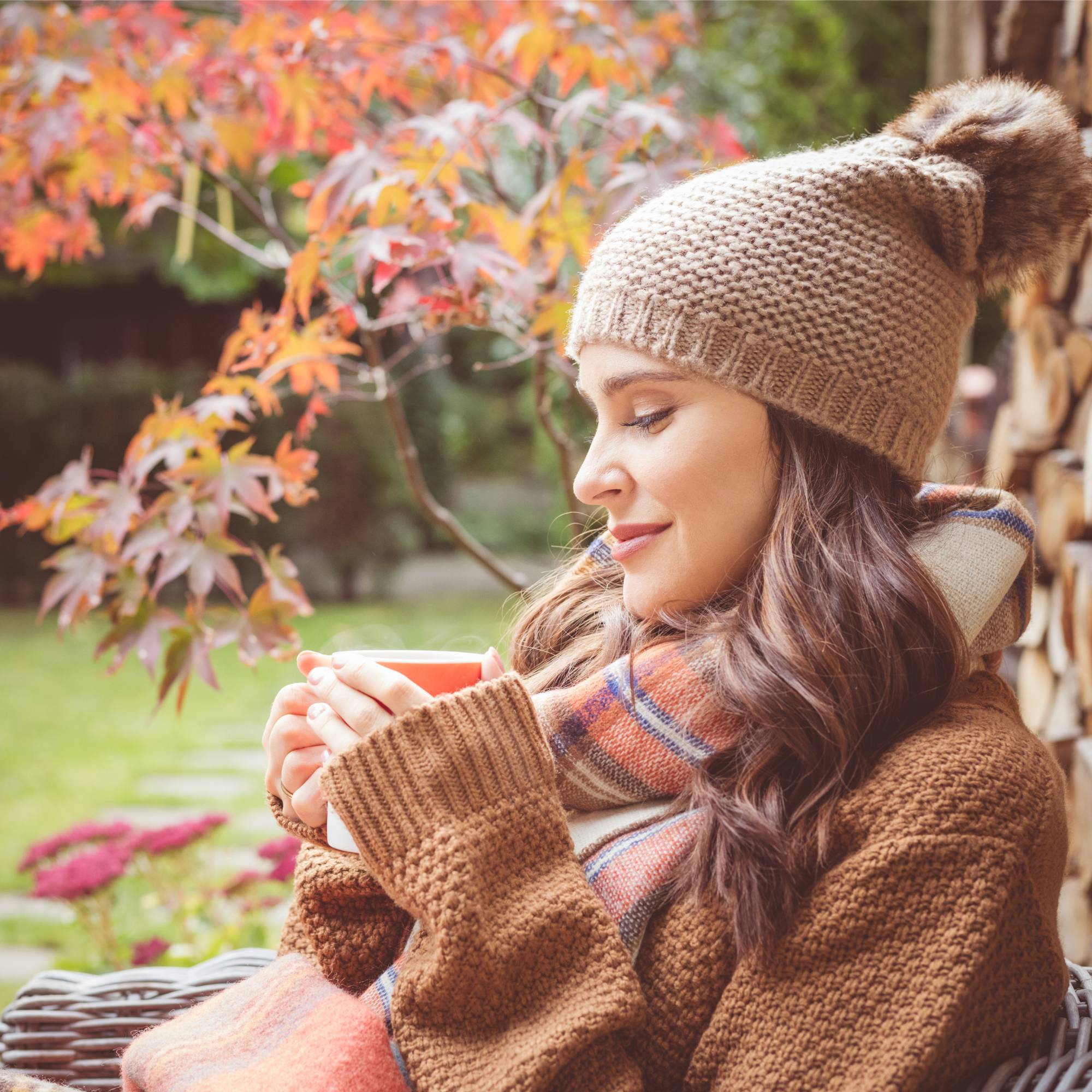
Slow It Down: The Lazy Gardener’s Guide to Fall Cleanup Will Benefit You, Your Garden, and Local Wildlife
Chill out and leave some of those fall cleanup tasks off of your to-do list this year. Find out how taking a break is beneficial to your garden.
By Mary Ellen Ellis
-
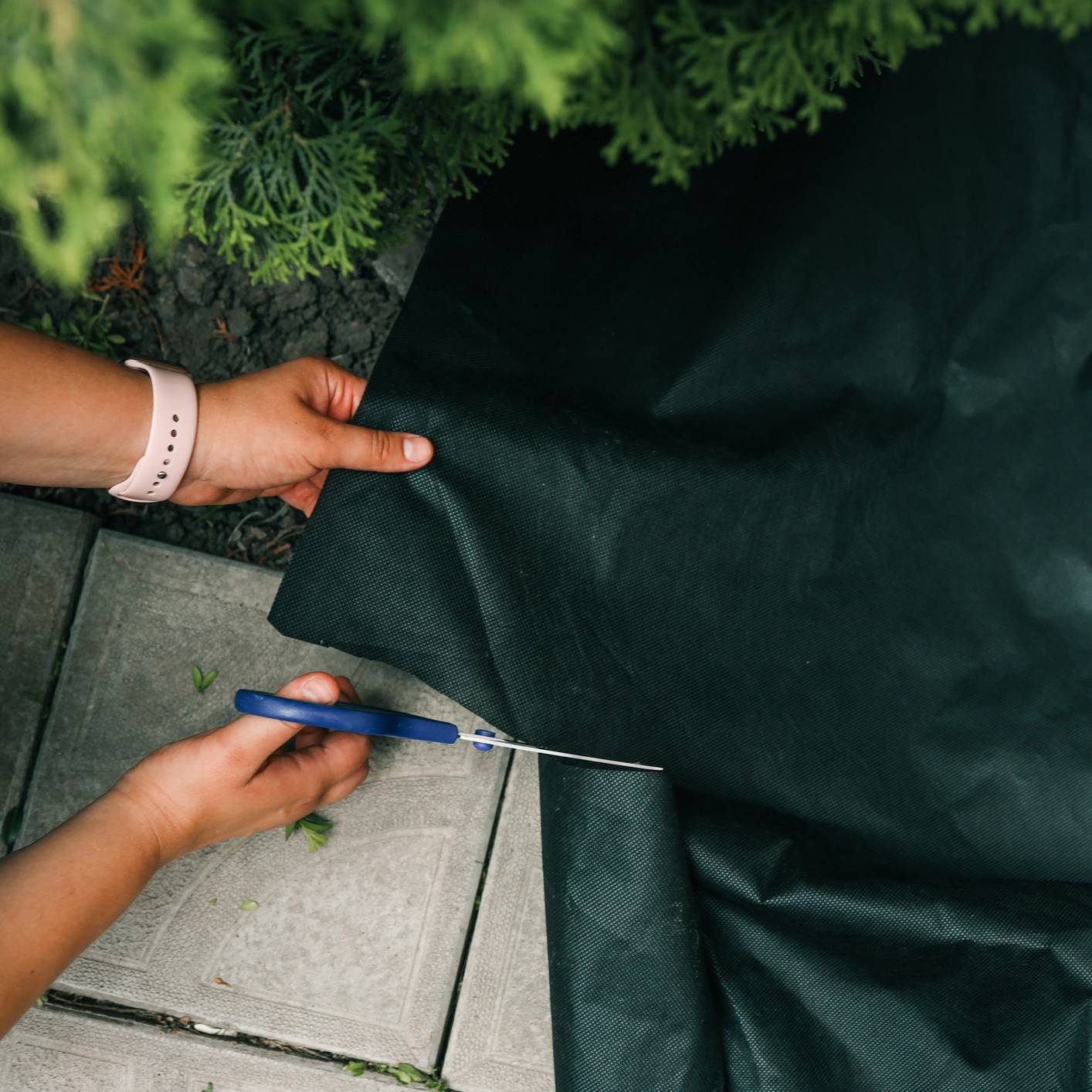
Is Landscape Fabric Sustainable? Try These Alternatives Instead
By Susan Albert
-
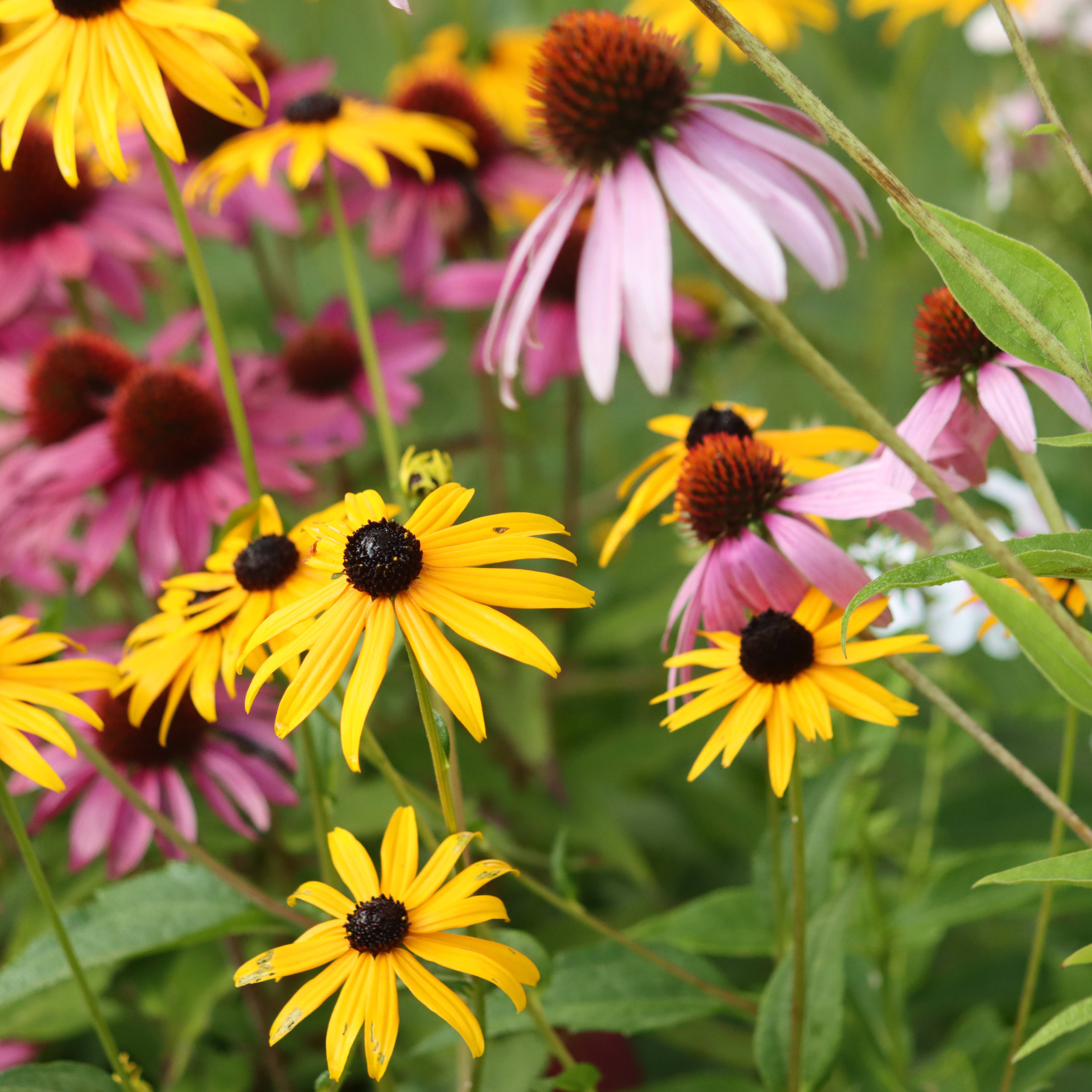
How to Start Your First Native Plant Garden: The 4 Must-Have Elements for Success
Starting a native flower garden doesn't have to be scary. Just make sure you have these 4 things and you'll be on your way!
By Teo Spengler
-
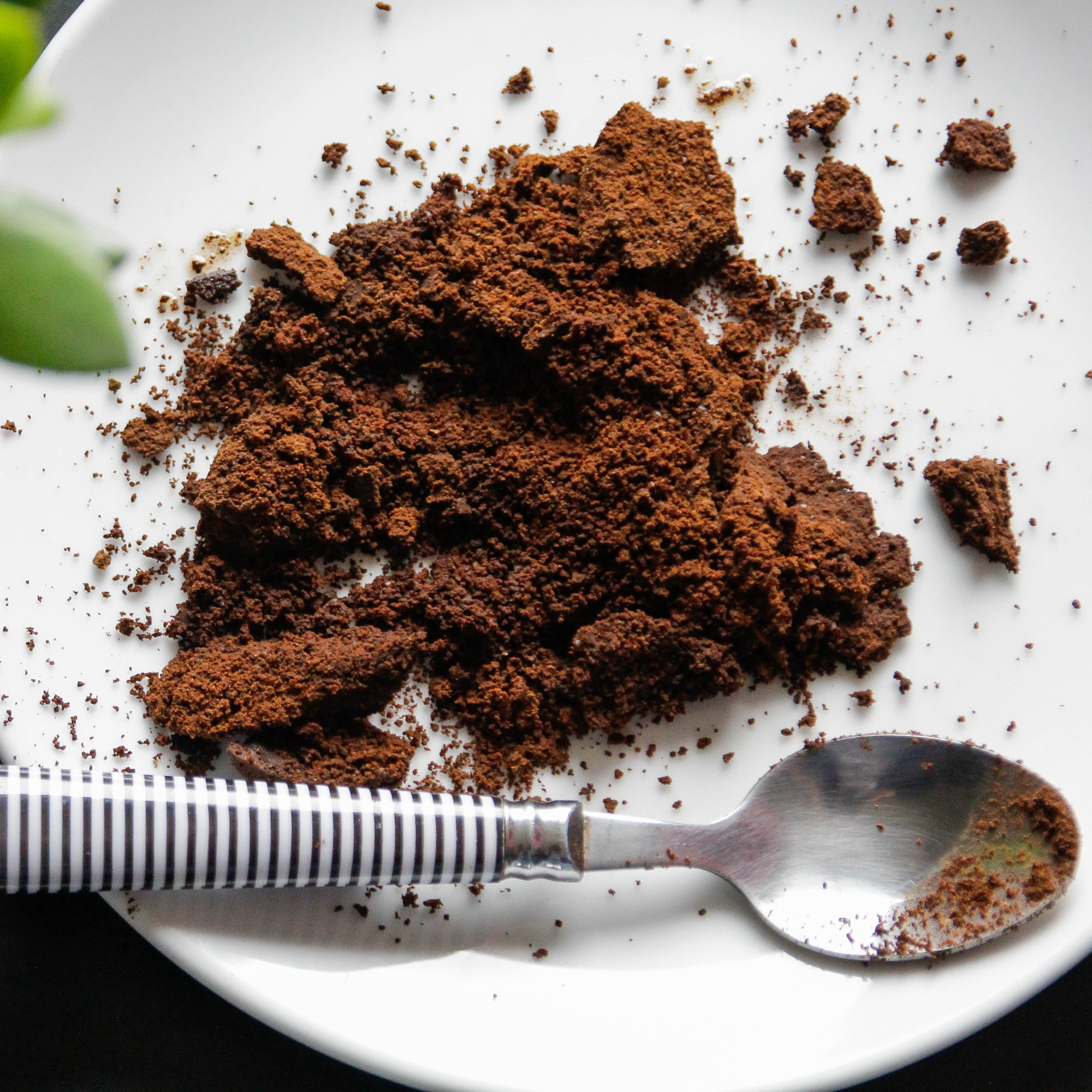
This Unlikely Kitchen Scrap Repels Slugs & Fertilizes Soil – Toss it into Your Garden Instead of the Trash
You probably throw away this one item that can repel pests and improve soil every morning. Here's why you should toss it into your garden instead of the trash.
By Mary Ellen Ellis
-
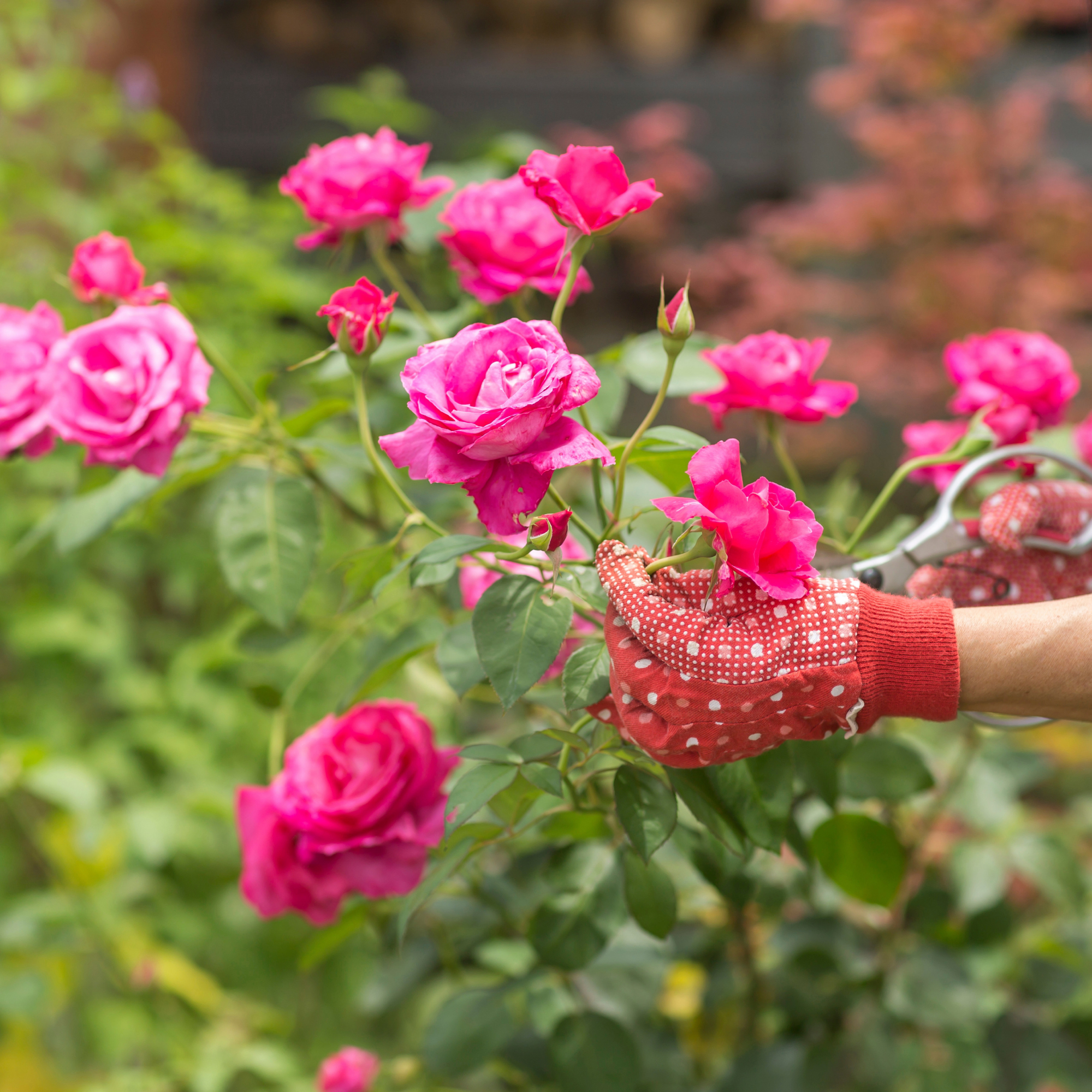
Prune These 7 Plants In August To Prepare Them For Fall – And Get Another Flush Of Flowers Before Summer Ends
Grab your pruners! August is the ideal time to cut back these 7 types of plants so they're ready for fall. Plus, they may give your another round of blooms.
By Mary Ellen Ellis
-
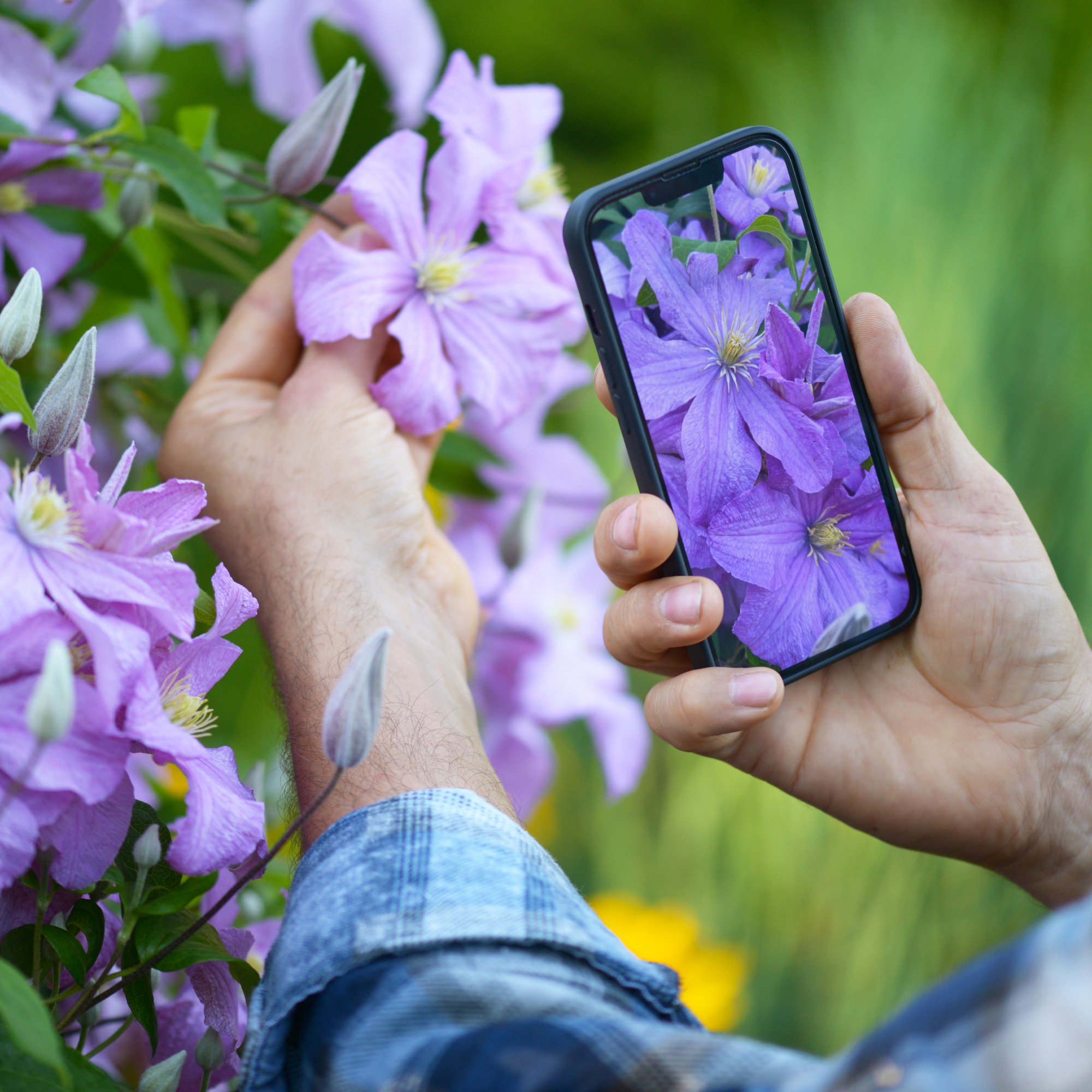
Best Gardening Apps: 8 Online Tools That Will Up Your Garden Game IRL
Our garden experts dug through the app store and found the best gardening apps to improve your landscape in real life. Here are the 8 apps worth downloading.
By Mary Ellen Ellis
-
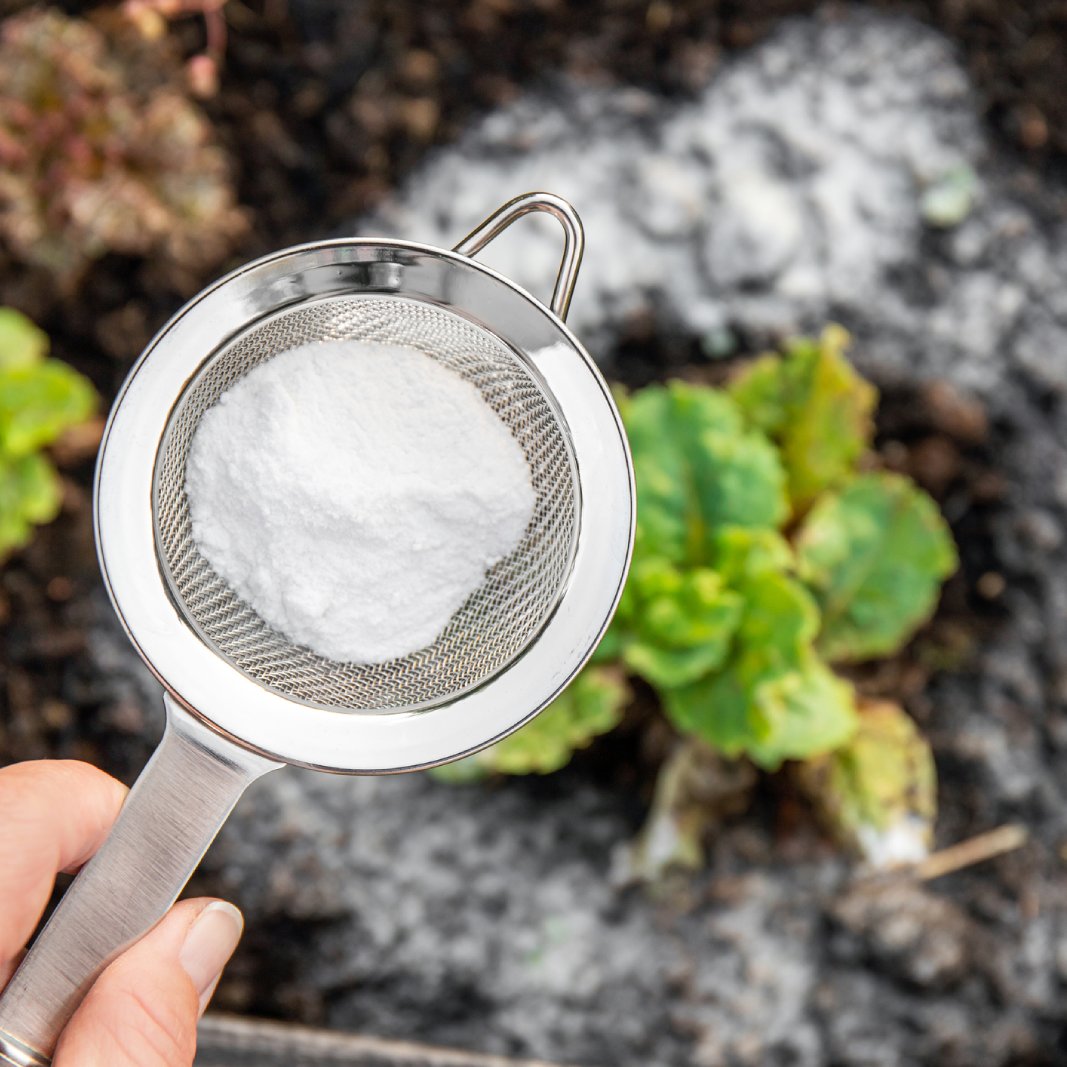
Does Baking Soda Kill Weeds? What You Need To Know About This DIY Herbicide Before You Use It In Your Garden
The internet is full of gardening remedies for weeds, but the question remains: Does baking soda kill weeds? Find out what’s true.
By Amy Grant
-
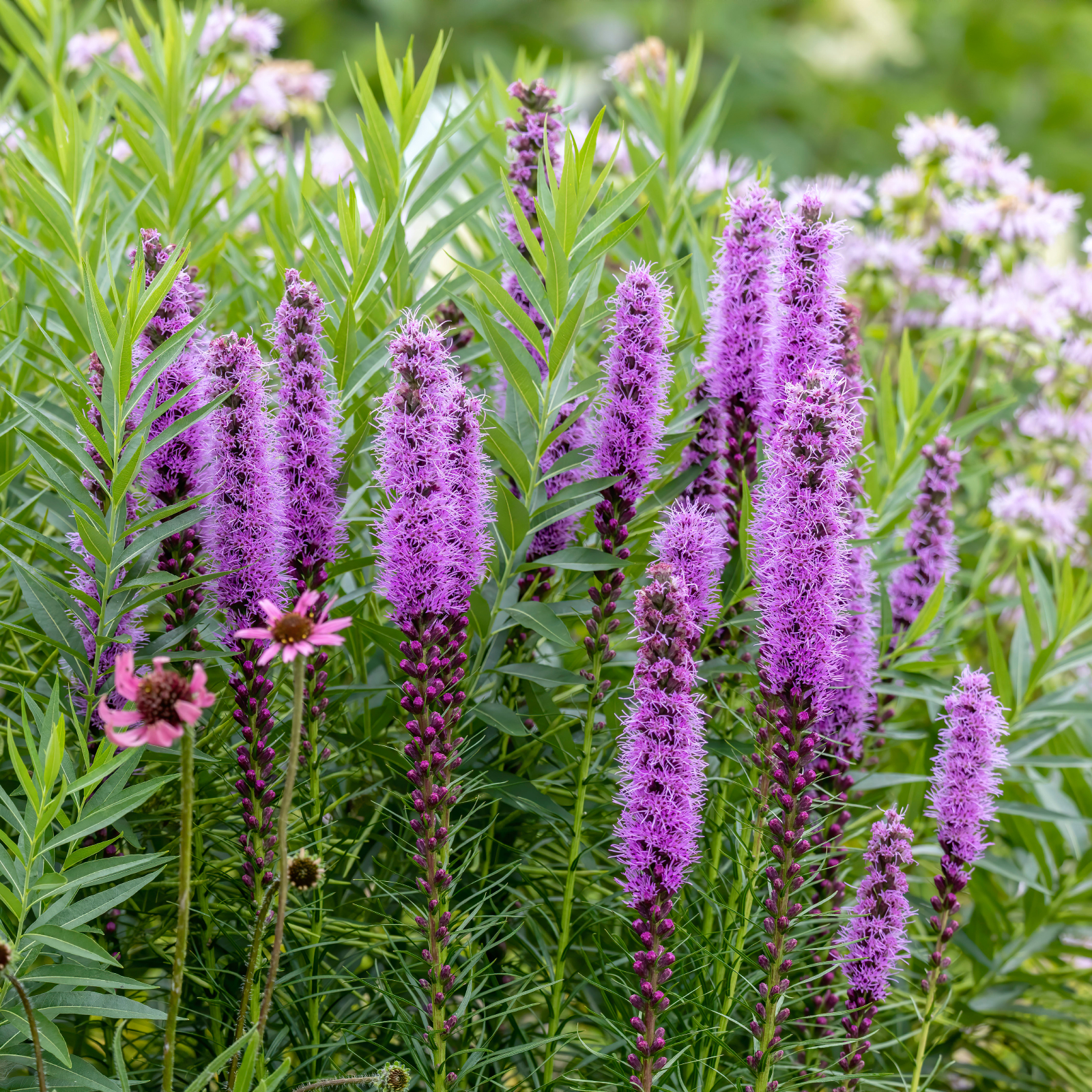
8 Plants That Like Wet Soil And Full Sun – Stunning Picks For Damp, Sun-Soaked Areas
Finding plants that like wet soil and full sun can be a challenge, but there are plenty of varieties thrive in these tough conditions. Here are our favorites.
By Amy Grant
-

The Dangers Of AI For Gardening – How To Know What’s Real When It Comes To Your Garden
Things aren’t always what they seem when it comes to using AI for gardening. Be discerning when relying on AI for accuracy, and take the time to do research.
By Teo Spengler
-
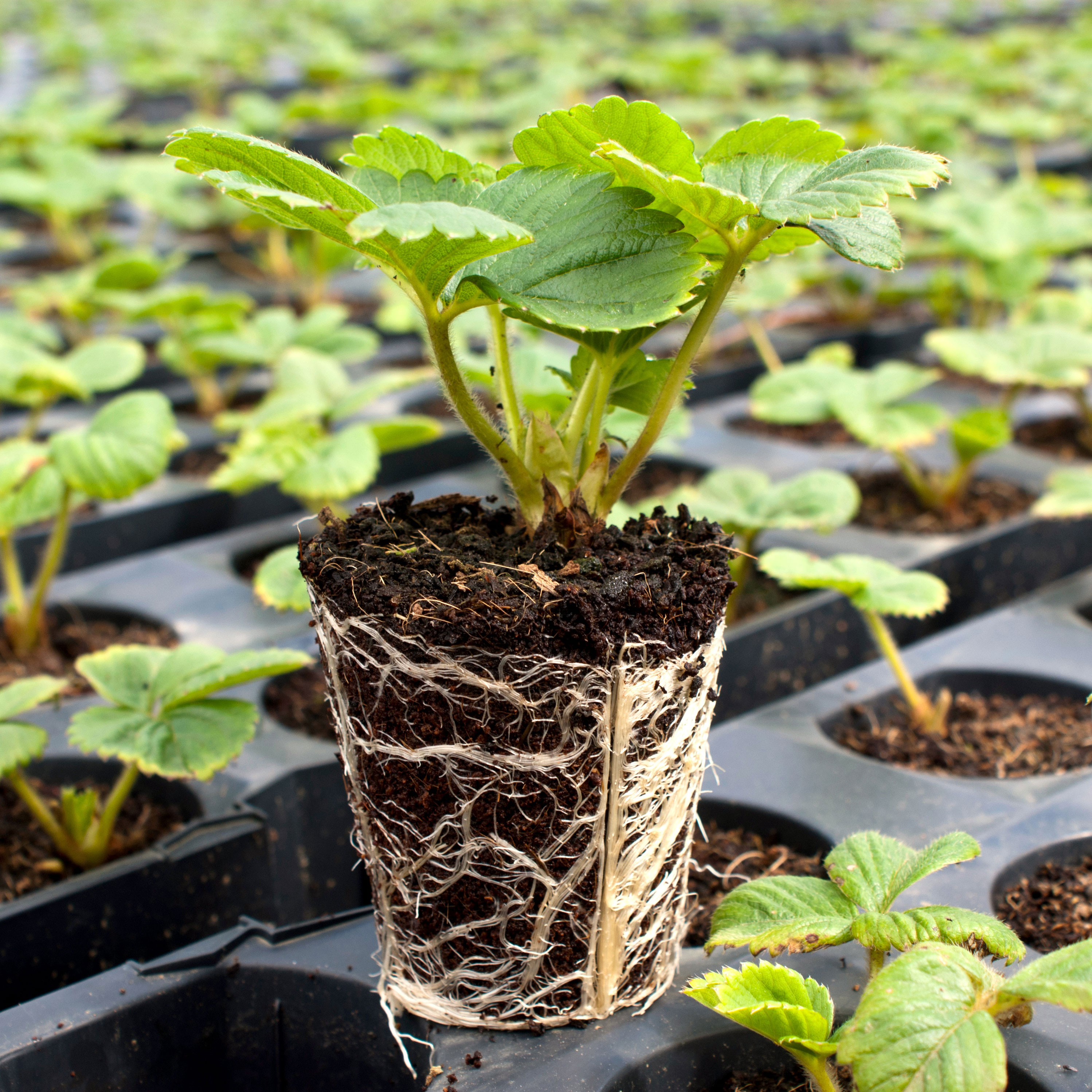
Why Choose Plugs For Plants? 3 Benefits Of Using Plug Plants For Beds, Baskets And Edibles
Ever thought of growing plugs for plants and wondered whether it was worth it? We reveal the key reasons why they can help you with your growing ambitions this year
By Tonya Barnett
-
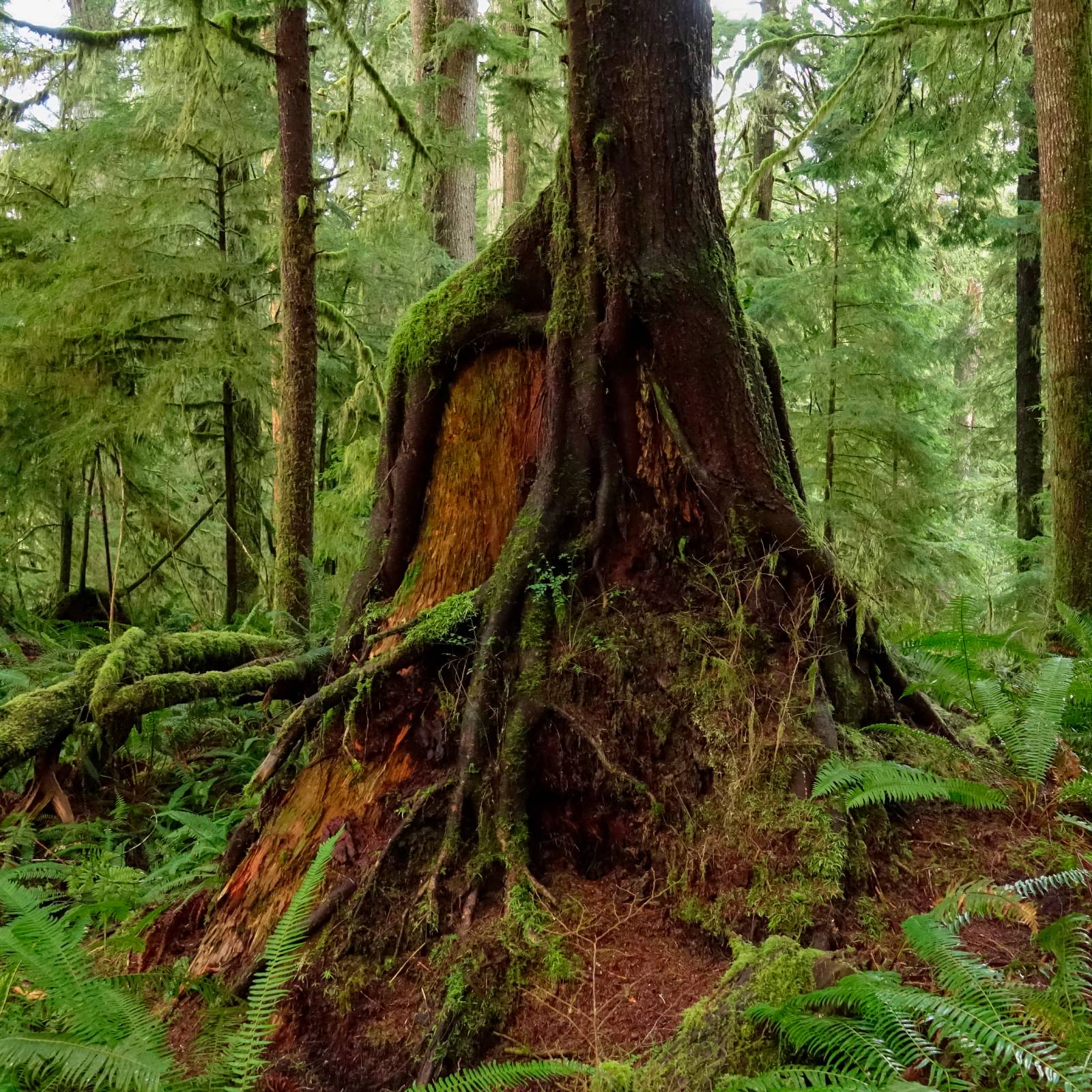
Nurse Logs: Helping New Trees Take Root And Regenerating Our Forests
Nurse logs provide nutrients and infrastructure for new trees. Learn how these old logs and stumps help sustain our forests.
By Amy Grant
-
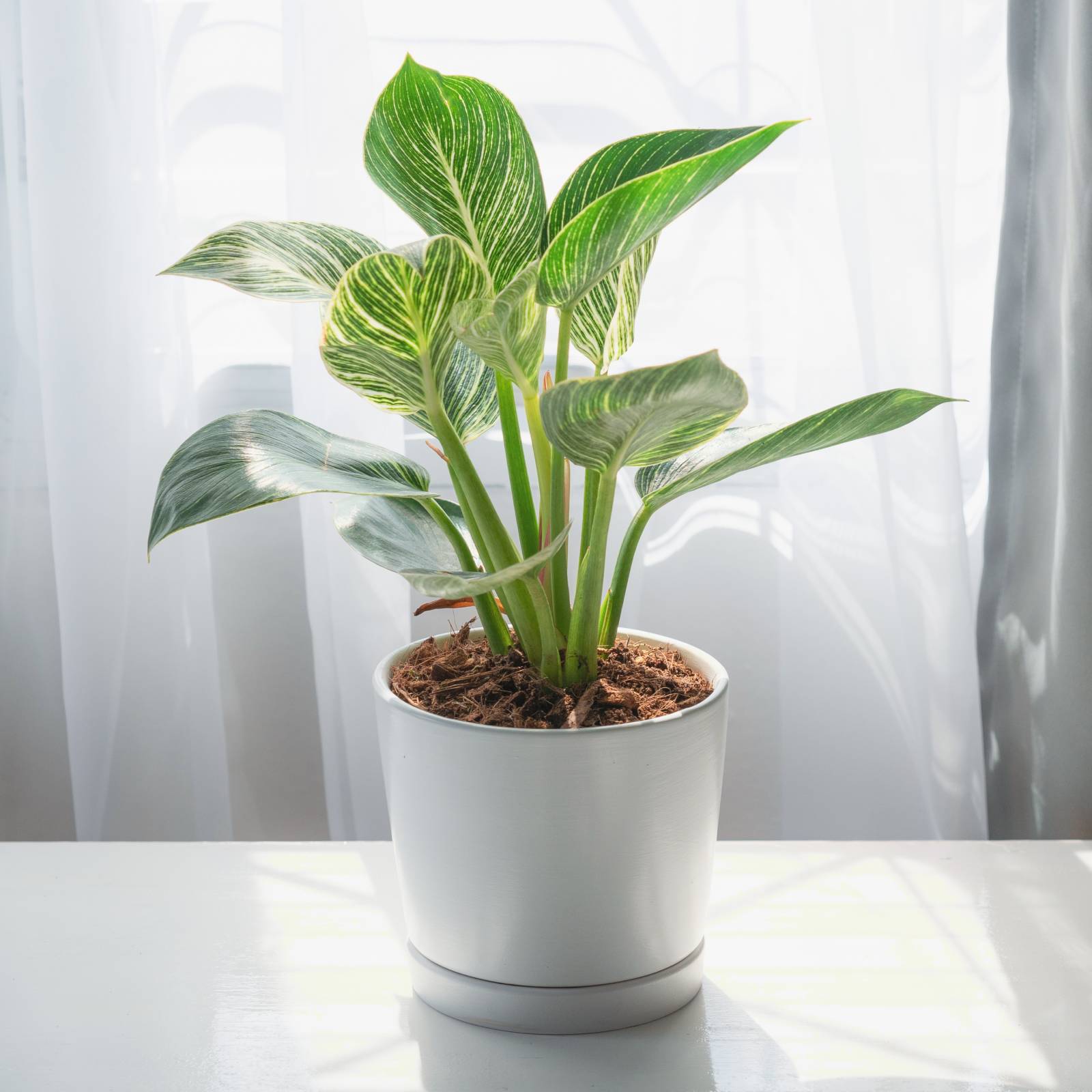
How To Create Bright Indirect Light For Houseplants
Creating a space with bright indirect light is a way to mimic the native habitat of many houseplants. Make indoor plants comfy with the right kind of light.
By Mary Ellen Ellis
-
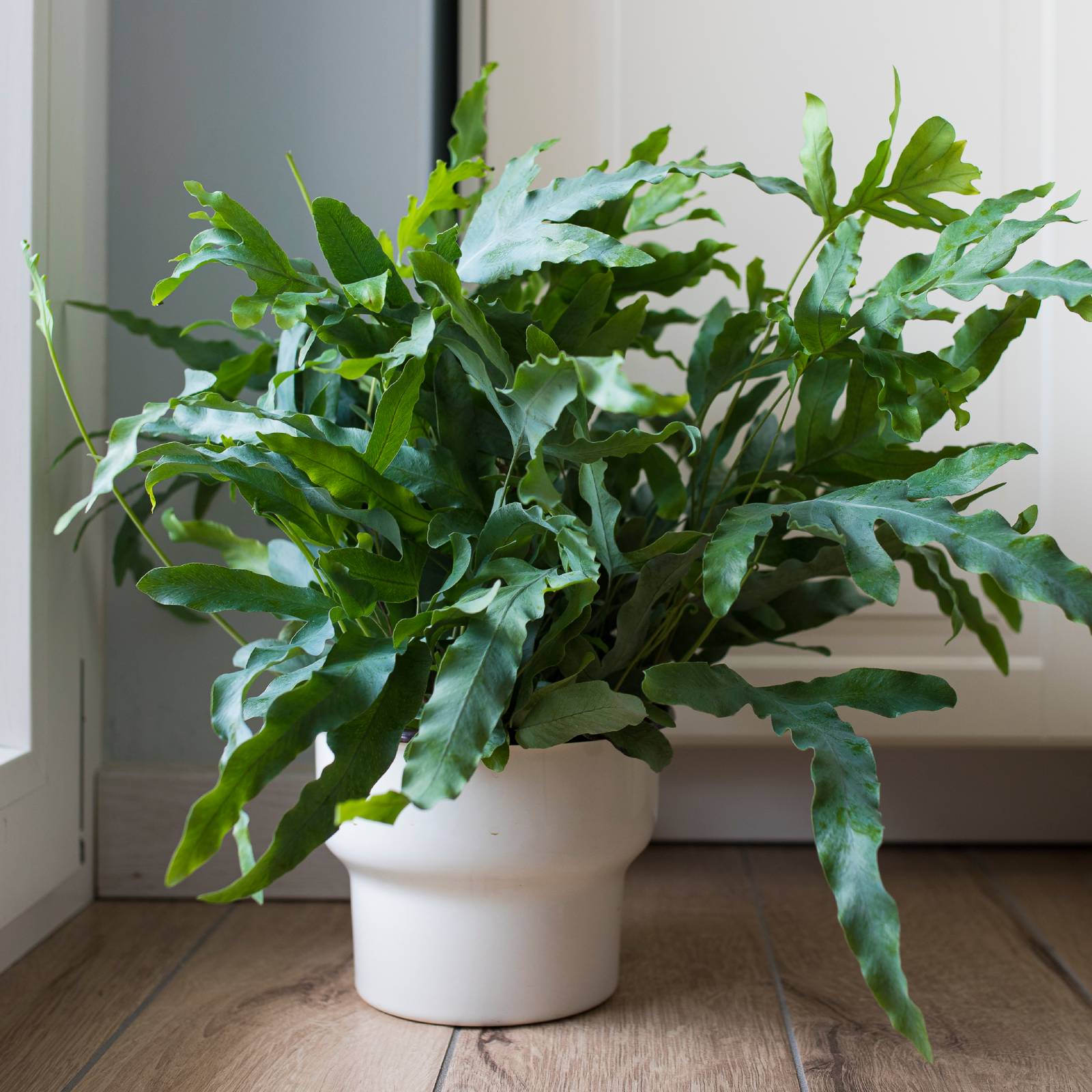
What Is Indirect Light? Grow Plants In Partial Or Filtered Light
Gardeners are often confused about what indirect light and indirect sunlight mean when situating a plant. A little filtering makes all the difference.
By Tonya Barnett
